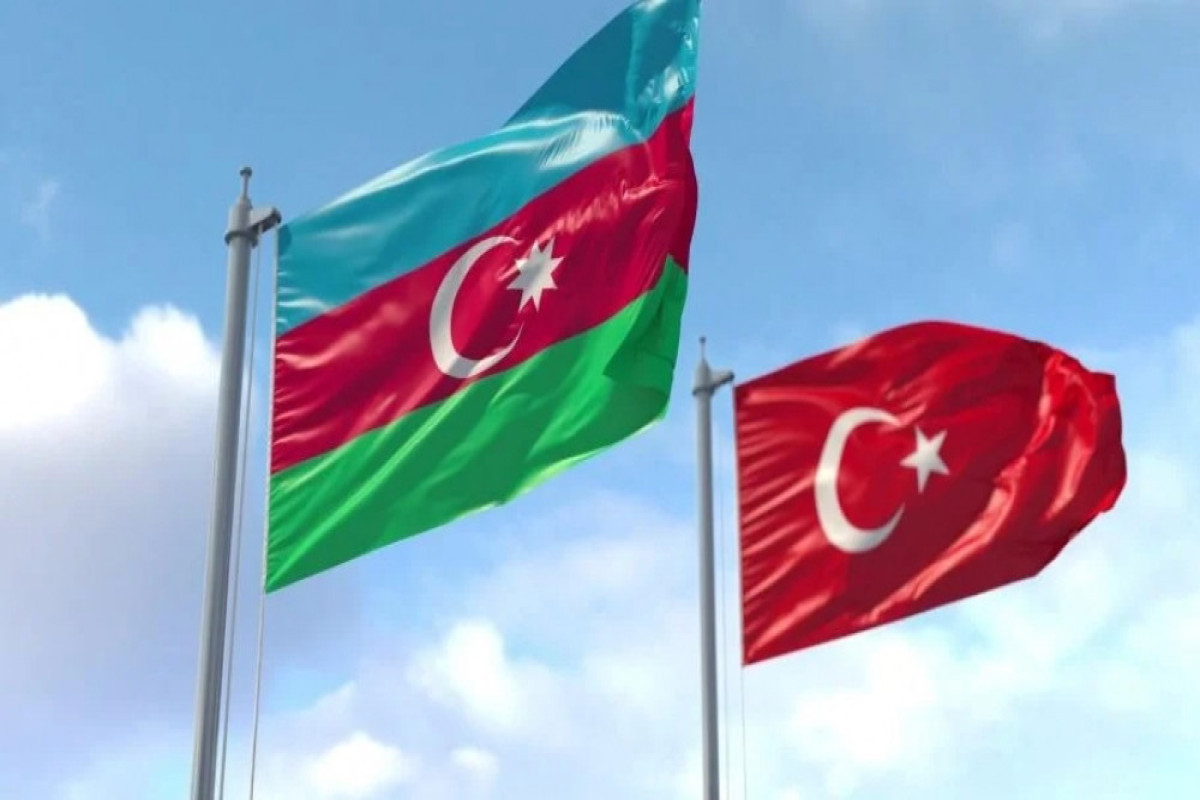However, Kazakhstan's greater economic diversification, stronger institutions and lower debt levels - when compared with the situation in Azerbaijan - mean that it is more resilient to these pressures. Moody's conclusions were contained in its just-released comparison of the two Commonwealth of Independent States oil-exporting sovereigns, "Governments of Azerbaijan and Kazakhstan - Peer Comparison - Variations in Economic Resiliency, Institutions and Debt Burden Explain Difference in Credit Profiles".
Both countries rely heavily on hydrocarbon exports for growth and government revenue, but Azerbaijan is more vulnerable to the low oil price, given that its economy is more than three and a half times smaller and half as wealthy. Kazakhstan has also made more progress addressing business climate challenges and other structural impediments to growth.
For Azerbaijan, oil and gas accounted for 89% of goods exports and 26% of nominal GDP in 2015, and provided 60-70% of consolidated government revenues. By comparison, for Kazakhstan, oil and gas exports accounted for a lower 76% of goods exports and roughly 18% of nominal GDP, and provided around 42% of consolidated government revenues.
In addition, Kazakhstan's institutions are stronger than those of Azerbaijan, allowing for more effective policy responses. It shows better Worldwide Governance Indicators, data availability is greater which enhances the transparency and effectiveness of policy decisions, and its reform drive is more advanced, which will contribute to institutional strength over the medium term. Furthermore, a smoother transition to a floating exchange rate and a more rapid monetary policy response to rising inflation allowed Kazakhstan to more effectively manage the oil price decline.
Banks in both countries are under pressure. The outlooks for both banking systems are negative, with problem loans accounting for 25% of gross loans in Azerbaijan and 37% in Kazakhstan. However, the risks are mitigated by the recent steps taken by both countries to shore up their banking systems and both sectors' small size: total domestic assets accounted for 53% of GDP in Azerbaijan and 60% in Kazakhstan in 2015.






